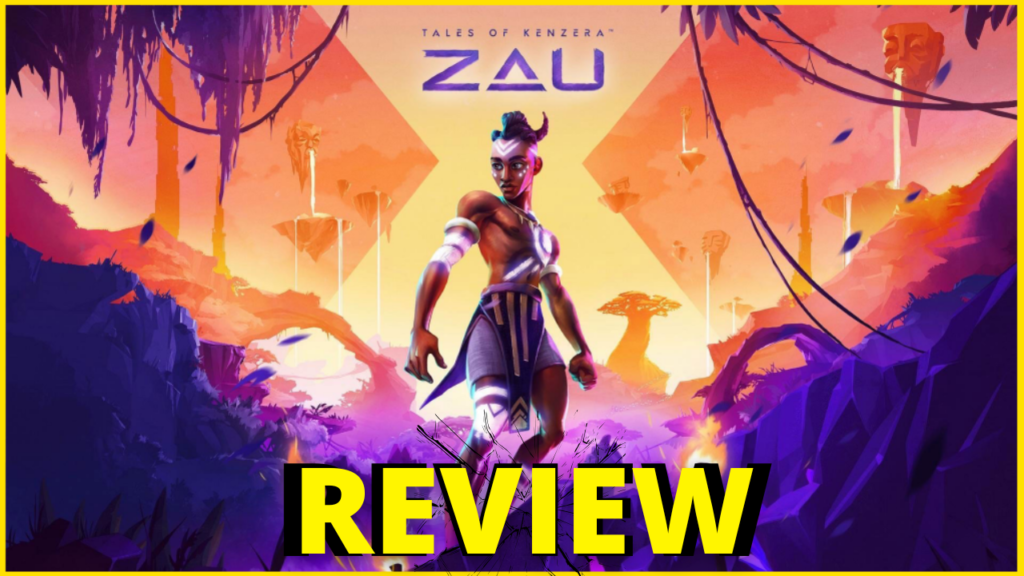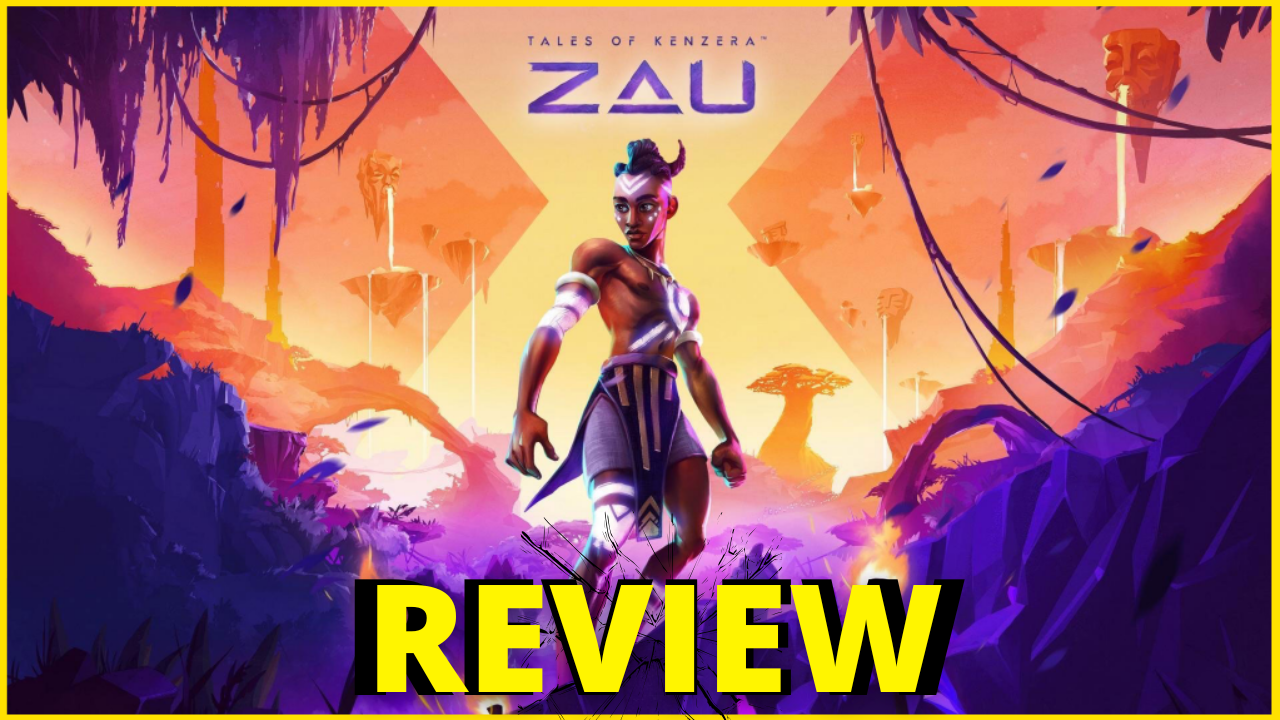Introduction
I’m a little late to the party reviewing this game. If I’m being honest a part of it was because there was so many games that I was playing at the time of its release and also I knew that I was going to have a hard time being objective when it came to reviewing Tales of Kenzera: Zau. The reason being is because I naturally want to see this game succeed. I generally want most games to succeed but this one more so than usual because it is a game that is highlighting people who look like me. I’m a chocolate man and we don’t get games like this often. With that said I tried to center my emotions like a Jedi and go into this Tales of Kenzera review as objective as possible. So is this a good game, did it live up to my expectations, who is this game for?
Narrative: A Story Rooted in Loss and Identity
Tales of Kenzera: Zau is a metroidvania action-platformer that intertwines myth and personal grief in a unique and heartfelt way. The story follows Zuberi, a young man from a futuristic African-inspired society, who is grieving the loss of his father. Seeking comfort, he reads the tale of Zau, a shaman who strikes a deal with the God of Death to reclaim his father’s soul. This fable serves as the game’s main narrative, offering a profound meditation on grief, duality, and acceptance.
What makes this story particularly special is its deeply personal inspiration. The game’s creator, Abubakar Salim (known for voicing Bayek in Assassin’s Creed: Origins), has spoken openly about how the game is a tribute to his late father. This emotional connection seeps into the storytelling, making it resonate with anyone who has experienced loss. Zau’s journey is one of growth, learning to balance life and death, past and present, in a beautifully crafted world that feels both mythical and deeply personal.

A Metroidvania Steeped in African Culture
Much like Prince of Persia: The Lost Crown, Tales of Kenzera: Zau blends action-platforming with metroidvania exploration. The game’s world consists of diverse biomes—lush jungles, eerie caves, vibrant swamps, and scorching deserts—all infused with African cultural elements that set them apart from the standard metroidvania fare. The world is gorgeous, teeming with rich colors and intricate designs that immerse players in its unique atmosphere.
Exploration follows the classic metroidvania structure: you’ll revisit areas as you unlock new abilities that open previously inaccessible paths. However, one notable drawback is the lack of clear waypoints. While the map tracks where you’ve been, it doesn’t provide any guidance on where to go next. This can lead to moments of frustration, especially when backtracking through already explored locations.

Duality in Combat: Sun and Moon Masks
Combat in Tales of Kenzera: Zau is built around the interplay of two masks: the Sun Mask (orange) and the Moon Mask (blue). The Sun Mask emphasizes close-quarters melee combat with powerful strikes, while the Moon Mask enables ranged attacks with energy projectiles. The game demands that players switch between these two masks frequently, as certain enemies can only be damaged by a specific type of attack. Some foes also wield shields that require precise use of the correct mask to break.
While this system is engaging at first, it eventually becomes repetitive due to a lack of enemy variety. Encounters often feel more difficult simply because the game throws more enemies at you rather than introducing fresh challenges. Some sequences, like the infamous elevator fight in Act 1, escalate in difficulty without proper tutorialization, leading to frustrating difficulty spikes.
Boss battles, however, stand out as highlights. They provide thrilling, cinematic encounters that test both combat skills and platforming abilities. Zau’s moveset—dash, double jump, wall-jumping, and later a grappling hook—keeps combat and traversal feeling fluid. Unfortunately, the occasional combat pacing issues and difficulty spikes detract from the experience.

Presentation: A Stunning and Immersive World
One of the game’s greatest strengths is its presentation. The art style is striking, making every location feel distinct and alive. The swamps, with their sickly green glow, contrast sharply with the blazing orange and red hues of the desert. Each environment also ties into the game’s themes—Zau’s struggles with grief are mirrored in the harsh and unrelenting landscapes he traverses.
The soundtrack is equally impressive, blending traditional African instruments with orchestral compositions that reinforce the game’s emotional beats. Whether you’re navigating treacherous terrain or facing off against a powerful foe, the music enhances every moment.

Technical Performance: Not Deck-Ready
While the game runs beautifully on Xbox Series S/X, the same cannot be said for the Steam Deck. Even on low settings and at 720p, performance issues arise, particularly during intense combat sequences. Frame rate drops make certain fights nearly unplayable, which is a major drawback for players looking to experience the game on the go. Additionally, the game drains the Steam Deck’s battery at an alarming rate, further emphasizing its lack of optimization for handheld play.

Overall, Should You Play Tales of Kenzera: Zau?
Despite its flaws, Tales of Kenzera: Zau is a meaningful and worthwhile experience. The story is heartfelt and deeply personal, making it one of the more emotionally resonant metroidvanias in recent memory. The game’s visual style and world-building feel fresh, offering a setting rarely explored in the genre.
However, its lack of enemy variety, occasional difficulty spikes, and navigation issues hold it back from true greatness. If you enjoy metroidvania games and are looking for a unique setting with a moving narrative, Tales of Kenzera: Zau is absolutely worth playing. If you’re planning to play on the Steam Deck, however, you may want to wait for a performance patch.


